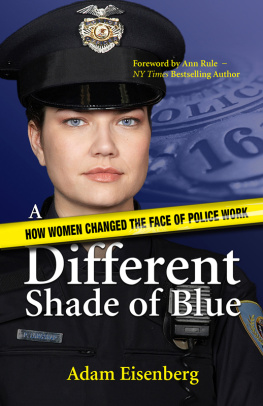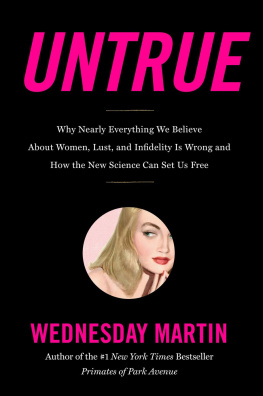A Different Shade of Blue:
How Women Changed the Face of Police Work
by
Adam Eisenberg

California
USA
Behler Publications
California
A Different Shade of Blue
A Behler Publications Book
Copyright 2009 by Adam Eisenberg
Cover design by Cathy Scott www.mbcdesigns.com
A version of Chapter Five: The First Nine appeared in The Seattle Post-Intelligencer, and online at HistoryLink.org. 2001 by Adam Eisenberg.
Photos courtesy of:
Seattle Police Department
Cameron Covington
Lis Eddy
Joanne Hunt
Helen Karas
Photo of Suzanne Parton by Sean Jordan, SPD Photo Unit
Photo of Lis Eddy, 2008, by Alex Worden, SPD Photo Unit
Photo of Dalgit Gill by Matt Vielbig
Backcover photo of author by Paul Verba
All photos used with permission.
All rights reserved. No part of this book may be reproduced or transmitted in any form or by any means, electronic or mechanical, including photocopying, recording, or by any information storage and retrieval system, without the written permission of the publisher, except where permitted by law.
Eisenberg, Adam.
A different shade of blue : how women changed the face of police work / by Adam Eisenberg.
p. cm.
ISBN-13: 978-1-933016-56-6 (pbk.)
ISBN-10: 1-933016-56-6
1. Policewomen--Washington (State)--Seattle--History. 2. Police--Washington (State)--Seattle--History. I. Title.
HV8023.E57 2009
363.208209797772--dc22
2009007646
FIRST PRINTING
ISBN: 1-933016-56-6
ISBN 13 978-1-933016-56-6
Published by Behler Publications, LLC
Lake Forest, California
www.behlerpublications.com
Manufactured in the United States of America
Throughout my life I have been blessed with the mentorship of many women. To all those who have encouraged and inspired me, I give my sincerest thanks. Among the many, I dedicate this book to:
Foreword
by Ann Rule
bestselling author of The Stranger Beside Me,
Small Sacrifices, and Mortal Danger
When I joined the Seattle Police Department in the mid-1950s, the image of a policewoman was in a state of flux. We had representatives of the old, the new, and the in-between working in the Womens Division on the third floor of the Public Safety Building, located on Third Avenue between James and Cherry. It was a new building then, modern, sleek, and it fit the police departments needs perfectly.
The bronze plaque outside the Fourth Avenue entrance read:
Where there is no justice, the people perish.
But he that keepeth the law, happy is he.
Over the next half-century, I must have read that plaque thousands of times. It has long since been tattooed on my brain.
As the years passed, the Public Safety Building became shopworn, a little dingy and crowded, and, finally, obsolete. There is a new building now a few blocks east, as resplendent today as the one I entered in 1954, when I was full of excitement about my new job, and trepidation about all that it would entail.
The police station where I worked has been reduced to rubble and swept away, and the gap along Third Avenue jars my heart. Today, I have a single chunk of marble from the Public Safety Building in my garden, a reminder of another time and of what, for me, was the culmination of my lifelong ambitionto be a police officer.
A week after I graduated from the University of Washington, I applied to become a Seattle police officer. I was not quite twenty-one and I had so much to learn. Even though I had interned at a girls training (read reform) school in Oregon, worked nights at the Youth Service Center on East Alder where juvenile offenders were housed, and taken every criminology, penology, and psychology course the University of Washington offered, my naivet was profound. Looking back, it almost embarrasses me to think how little I knew about the world of the good guys and the bad guys.
I was a virgin assigned to taking sexual assault statements, and didnt understand all the terms used, although I got pretty skilled at faking it. I tended to believe people at face value, but I soon learned to look behind the smooth faades of psychopathic liars. I lost the very first prisoner I ever transported when I took her to Harborview Hospital and she pretended to feel faint and asked me to find her a bed. I left her alone for about three minutes, and of course she was long gone when I came back for her.
I was lucky not to get fired during my first week on the job for that. Very luckybecause my year or so on the Seattle Police Department was one of the true highpoints of my life. All these years later, I can close my eyes and see all of the policewomen sitting at their desks, many of them dear friends to this day.
The captain and sergeant had their own offices, of course, and the rest of us were scattered around a sprawling room that overlooked Third Avenue. Each of us had a battered desk, a manual typewriter, and a phone. Ironically, Iwho would go on to write almost three dozen bookswas always behind in writing my follow-up reports. My sergeant chastised me when she found piles of notes in my desk drawers.
The brass in the Womens Division were Captain Irene Durham, a small, bird-like woman who was full of energy, and Sergeant Helen Elliott, who had genteel manners, white hair, and reminded me of Eleanor Roosevelt. I was in awe of Captain Durham, and always wary of disappointing Sergeant Elliott.
As Adam Eisenberg details in A Different Shade of Blue, there were also policewomen working who had been on the department since the 1920s and 30s. B.J. Bjornsen, who handled mental cases (220s in Seattle Police parlance), and Fern Wheeler, who was in charge of sex crimes, seemed old to me then, although they were probably only in their fifties or sixties. They were big, broad-shouldered women. B.J., a spinster, had gray braids wound tightly around her head, and wore no make-up; Fern dyed her hair an odd shade of magenta-auburn and wore quite a bit of make-up. While B.J. had her desk in the corner of the Womens Division, Fern worked in the Morals Division one floor up.
Yes, thats what they called the unit that handled sexual assaults half a century ago. It always sounded to me as if the victims were somehow being held responsible for the attacks theyd suffered. It wasnt a matter of morals at all; it dealt with crimes of sexually motivated violence and perversion.
Fern Wheeler was tough, and perhaps somewhat jaded. Adrift in an office of male detectives who worked sex crimes and Bunco con games, Fern dominated the room, older than them all, and far more experienced. Nothing seemed to embarrass her.
Kay Twohig was probably in her forties, had very curly red hair, and was descended from other family members in the Seattle Department. Helen Mae Griffith was in the same age group. She was blond, a little plumpas Kay wasbut quiet and shy, whereas Kays voice and manner could be raucous. They had back-to-back desks just outside Captain Durhams spacious office.
Then there were more recent hires: Phyllis Covington, Kay Callender, Helen Karas, Mary Stowe, Norma Alex, Jean Selvidge Dunbar, Pat Mikkelborg, Joyce Montgomery Johnson, and those of us who worked provisionally until the next Civil Service test came around. The new hires were Rosemary Codd, Jane Paulsen, and myself. Every one of us had a unique personality, possibly because it took a woman who walked her own path to want to be a police officer. Later, Noreen Skagen, a college classmate of mine who eventually became Assistant Chief, Beryl Thompson, and Karen Ejde joined the Womens Division.













